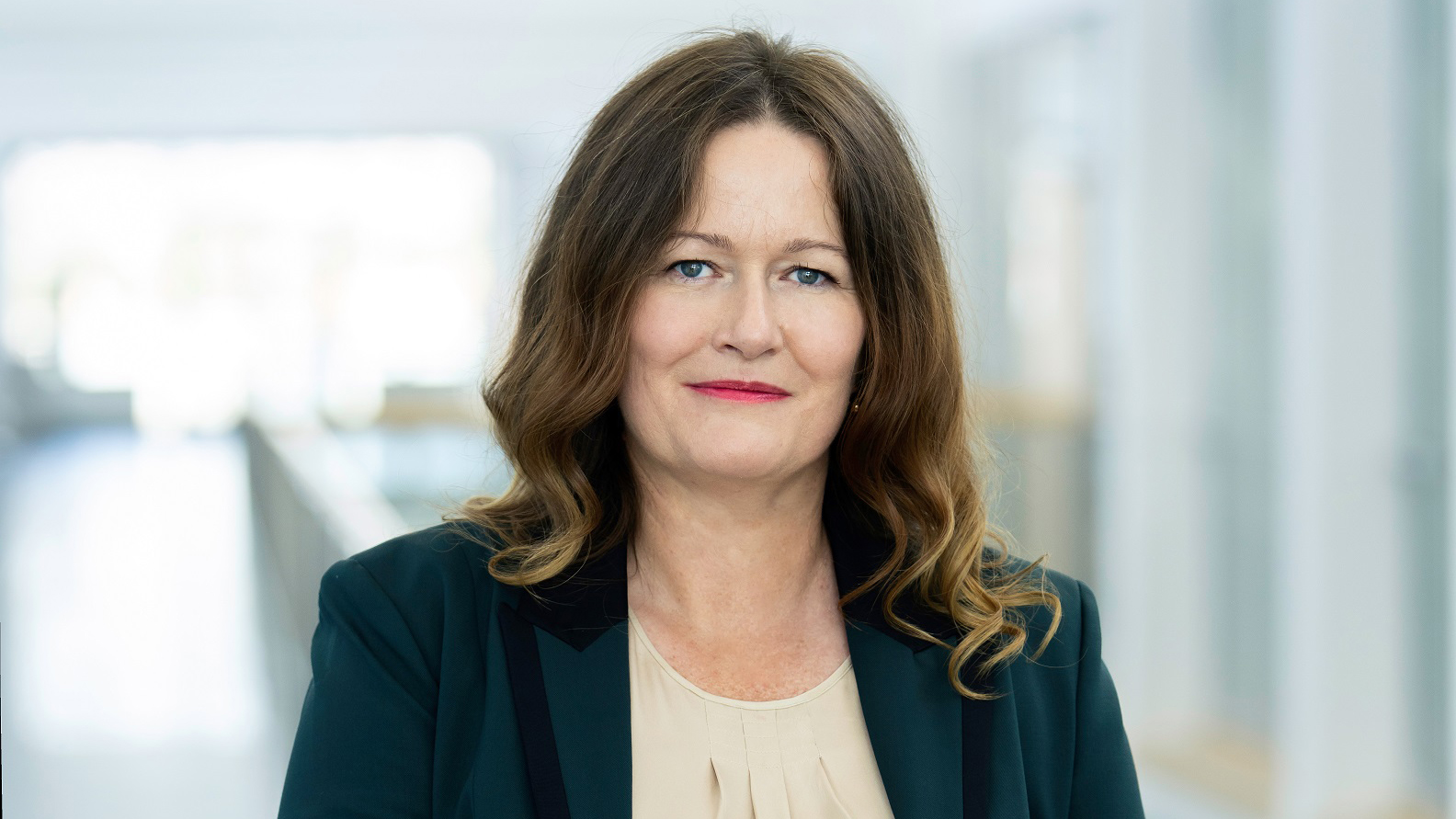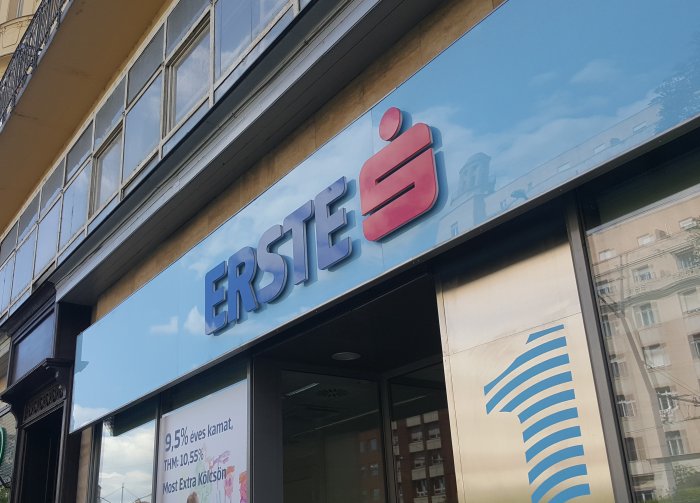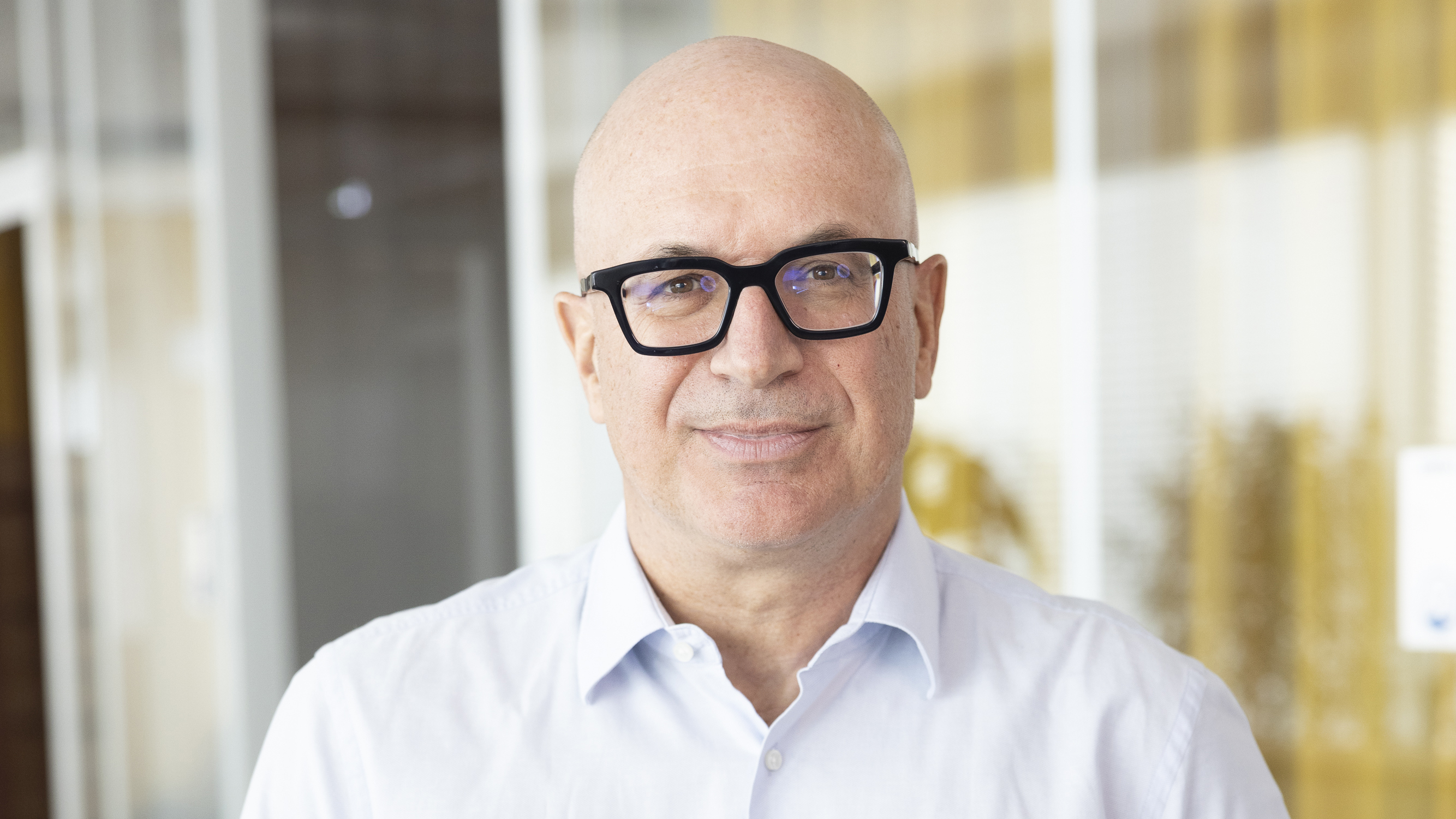Building From a Position of Strength to Drive EV Sales

Andrea Kővágó-Laky
Since June 2022, Andrea Kővágó-Laky has been managing director of Ford in Hungary and the Czech Republic. The Budapest Business Journal sat down with her to better understand the regional market and how she sees it developing.
BBJ: How do you view the current state of the market in the two countries, and how do you see their future development?
Andrea Kővágó-Laky: In some ways, they are similar; smaller countries with a similar number of inhabitants, around 10 million. If you look at the key economic indicators, unfortunately, both are in a challenging situation in terms of inflation at the top of the league table, and the base rate is also higher than the European average. But in the automotive sector, there are differences. If you look at motorization, Czech is much ahead of Hungary. Regarding the number of passenger vehicles per 1,000 inhabitants, in the Czech Republic, we have 573, and the European average is 560. When it comes to Hungary, we are much below the European average with 401 units. Czech is number eight in the ranking, and Hungary is 23rd. If you look at the automotive market size, Czech last year was at 219,000 units, and Hungary at 135,000, including passenger and commercial vehicles. So, it’s clear that the Czech potential is significantly higher, 61% above Hungary’s.
The strategy was different in the two markets. In Hungary last year, we were the number three brand. And we are traditionally strong in the commercial vehicle area, where we were number one last year. That’s a long story for us; we have been leading that segment for more than 10 years. And we were number one within the fleet segment; our overall share was roughly 10%. When it comes to commercial vehicles, basically every fourth unit sold in Hungary last year was a Ford. We are very proud of that. Looking at commercial vehicle sales penetration into total sales, it’s very interesting. In the 28 years I’ve worked for this company, there wasn’t a year when we sold more commercial vehicles than passenger cars. But that happened last year in Hungary: 7,462 commercial vehicles and 6,133 passenger vehicles.
In the Czech Republic, though the potential is high, we are constantly focusing on finding the right balance between volume and profit. For the time being, we have a lower share at around 4.4%, and we were only number seven in the market. So, when it comes to that country, our future strategy is growth, while in Hungary, we have to focus on finding the balance between market share and profitability. 2022 was a very challenging year for any importer in Hungary because of the forint devaluation.
BBJ: What steps is Ford taking in switching to a non-fossil-fueled future?
AK-L: Ford is deeply committed in terms of sustainability. It’s critical for us to be a responsible company, and it’s a key focus to speed up electrification, which is a challenge not only for Ford, but also for other manufacturers. What we do for our part is heavily invest in new products. We are planning to introduce three new fully electric passenger vehicles by 2024. The debut of the first volume model, a medium-sized crossover, will be this year, and we are planning to introduce four new fully electric commercial vehicles by 2024. So, seven new EVs by 2024. We have established a dedicated business unit called Model e, responsible for successfully launching these vehicles. We are not only thinking about great products; we also know we need a transformation on the experience side. Electrification is undoubtedly one of the key trends, but I think another one is connectivity. Here, we want to be creative and provide new solutions to our customers. The key objective is to scale electric vehicle production now, meaning we would like to sell more than 600,000 electric vehicles within the region by 2026.
There is an additional thing I would like to highlight concerning our region. In Hungary, I have to say that the pace of electrification is slow. If we look at last year’s figures, roughly 4% of vehicles were fully electric, so it’s a minimal amount. If I add the hybrid and the plug-in hybrids, we are in better shape because that accounts for 20% of the overall market. We see some movement there, but we will definitely need support from governments: to make these vehicles more affordable and to put in place a charging network in Hungary and the Czech Republic to help take away “range anxiety” from customers. These are areas where, with a little support, I think we could speed up the spread of electrification and make our life more sustainable. If you think about Norway, where 80% of the vehicles are already EVs, this all happened very fast. And it’s because the support programs were there from the government.
BBJ: Regarding the charging infrastructure, where do Hungary and the Czech Republic compare with the rest of Europe?
AK-L: It’s always a good question; ‘What comes first?’ Do we need the charging network in place to speed up sales? Or should we first increase sales and then develop the charging, as that creates a business case to invest? I think the manufacturers are doing our part. I would really encourage the government to do theirs as well. It’s hard to find exact figures on the number of charging stations, but for superfast chargers per 100 km of road, the EU average is around five. And if you look at where we are in Hungary, it is very much at the end of the rankings, with four charging stations. The U.K. has 19. It, the Netherlands and Germany might distort the averages with their high figures, but the key for me is that we are very much at the other end of the ranking. Czech is in a little better shape; it’s at the European average.
BBJ: Is there anything specific you want the Hungarian government to do?
AK-L: I read a survey from Ernst and Young, which was done last year: 50% of the customers they asked said they would change their vehicle to a hybrid or an EV at their next purchase. This is great because what you need is a demand market. And it seems that more customers are conscious about a sustainable future. Where we need support is although EV prices are coming down, the technology is still expensive. Any help from the government could really move the needle here to generate more sales. Of course, the other thing is the charging infrastructure. Although the range of EVs is getting longer, many customers are just not buying because of this “range anxiety.” We could take this away or reduce it if we had a denser charging station infrastructure.
BBJ: Are you optimistic that there is an understanding that these challenges need to be overcome?
AK-L: I am. In terms of future models, the range is getting longer. The technology is developing, and the cost is coming down, so EVs will become more affordable for ordinary customers. Not immediately. It’s not a quick change, but with these tendencies plus a developing infrastructure, I think it will improve over time. In terms of the legislation, there is already an endpoint. By 2035, we have to become fully electrified and carbon neutral. There is no choice; we have to get there. And the sooner we take the first steps, in terms of speeding up in this area, the easier it will be. To leave the targets to the last minute would make it very challenging. So, we are doing our part and, yeah, it would be nice if the government could also support us. I always try to highlight best practices: in Norway, the support was there, and the speed of EV sales was really fast.
BBJ: One of Ford’s most storied brands, Mustang, has made its electric debut. Does that help boost sales or at least raise awareness?
AK-L: Absolutely. I think it was a super important step to have done that with one of our most iconic passenger vehicles, the Mustang. And we also did it with the F-150 Lightning truck. It was crucial to demonstrate that this can be done with passenger vehicles, commercial vehicles, and trucks, even on such iconic models. We wanted to be the first movers, so I think it was a good decision by the company.
BBJ: In 2014, when you were managing director “just” of Hungary, you were the Manager of the Year of the Hungarian Association of Executives. Do you view part of what you do as being a role model for other women?
AK-L: Those were very different times. The market was growing, and the economic conditions were excellent. I had an experienced team, a strong dealer body, we had leadership within the market and so on. That enabled me to focus on much more than the business. I was raised with a spirit to help others and was very much focused on CSR activities. I regularly attended or was a conference keynote speaker and belonged to many female clubs. The Manager of the Year award helped me become more visible and be a role model. I’m proud I was the first female to receive this award in Hungary.
I would love to continue these efforts at a certain level, and I’m still trying to support them. But given I’m responsible for two countries at this stage, I just don’t have the time. What I am doing regularly is mentoring; I had two mentees last year within the company and one from outside. That’s ongoing. We have an initiative globally called Women of Ford and are doing a lot to support our colleagues in becoming leaders, even if they are women and mothers. We kicked off a leadership course in Hungary for female colleagues and are also working to create an infrastructure that can support women to progress in their careers, for example, during summertime when, for mothers with small kids, it’s a challenge to sort out the 10-week vacation.
This article was first published in the Budapest Business Journal print issue of January 27, 2023.
SUPPORT THE BUDAPEST BUSINESS JOURNAL
Producing journalism that is worthy of the name is a costly business. For 27 years, the publishers, editors and reporters of the Budapest Business Journal have striven to bring you business news that works, information that you can trust, that is factual, accurate and presented without fear or favor.
Newspaper organizations across the globe have struggled to find a business model that allows them to continue to excel, without compromising their ability to perform. Most recently, some have experimented with the idea of involving their most important stakeholders, their readers.
We would like to offer that same opportunity to our readers. We would like to invite you to help us deliver the quality business journalism you require. Hit our Support the BBJ button and you can choose the how much and how often you send us your contributions.










